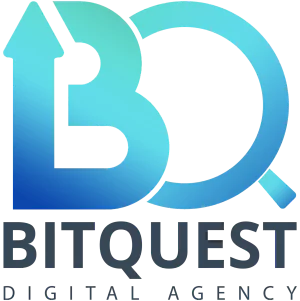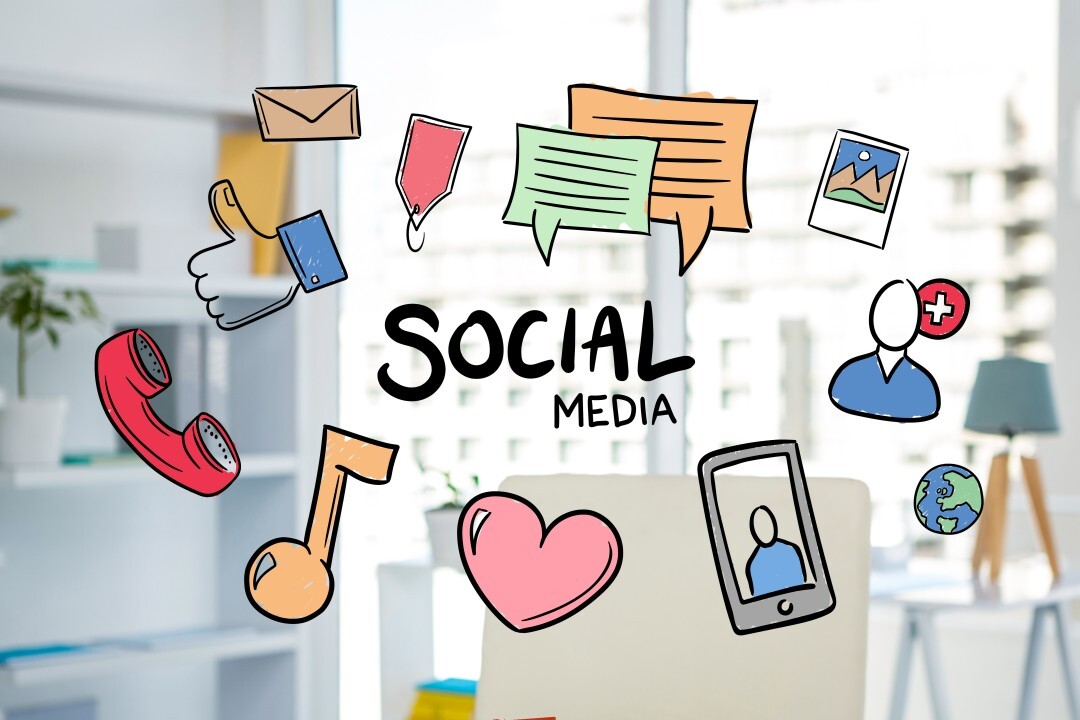27 November 2022
If you've been considering marketing analytics some time, you've surely come across the word "funnels." If you're interested to know what they exactly are and how to maximize your marketing funnel, this article is just for you!
Well, what are funnels?
Undoubtedly, you want visitors to your website to take some actions.
You may want them to make a purchase, register or fill out a form. It's known as a conversion when someone is doing what you want them to do. The user converts the action you want them to take. The funnel is the set of steps that a visitor requires to take before they can reach the conversion. There are a number of steps that a visitor has to take before they can purchase a product. For example- Think about the shopping websites’ purchase funnel, where the visitors take steps like this:
1. They have to visit the shopping website first
2. They have to see a product
3. They have to add a product to the cart
4. Finally, they can purchase the product
In between each of these steps, there are further steps/actions that can be taken, but they do not matter in the purchasing funnel. When you hear people say "extend the funnel," now you know what they mean. Through engaging in new markets, they want to cast a broader net, increase their brand recognition, introduce inbound marketing, etc.
This is at the centre of a successful inbound marketing campaign to understand how to optimize the marketing funnel and develop strategies around user experience. An online marketing funnel is used to describe how a business builds trust with prospective consumers. The way we interact with our audience has changed, and the pace at which we meet them. The track to your products and services is now fragmented, and through taking your website to many different visits.
The automated purchasing process is not that straight any more. You can get the leg up you need with an updated purchasing funnel. This article focuses on the top 10 strategies for modifying and optimizing the marketing funnel to optimize profit on investment.
Such tips are simple to combine and can be used in the daily marketing process.
1. Place the consumer in the centre:
Understanding your consumers and involving them emotionally is essential to being customer-centric. You need to get the best insights into the consumer and at the right time to provide the proper knowledge and experience. Using consumer data to analyse their buying style, preferences and assurance. Using the lifetime value of consumers to segment consumers according to their response. Recognize possibilities for generating valuable consumer interactions.
2. Listen to your consumers:
You won't be able to convince clients to buy from you unless you understand clearly what they want and need. When requesting feedback at various contact points, customers often inquire what's on their minds. Examples include email, online surveys, social media and your website. Collaboration: Ask consumers to add their own product strategy concepts. Apply online feedback reports or support them to share their buying experience. How have they heard of you? What did they do first, what influenced their decision to buy/subscribe?
Check it out: Invite customers to review your inbound marketing funnel. Then, ask them if they consider your idea helpful.
3. Analyze the complete experience of the brand:
Your business needs to view approaches to enhance the customer experience. You can find your consumers anywhere: Facebook, Twitter, Google+, Pinterest, etc. Each channel provides a slightly different audience, which means that your business should explore the presence of more than one, and perhaps a few. Ensure that all visible portions of your business, such as your logo, tagline, and colour scheme, are given the same way. Consistency increases the concept of the viewer and reinforces the narrative and contents, mitigating the audience's frustration. You will need to create content that heightens your story and values across the different channels your audience is connecting with you on.
4. Mapping consumer campaign:
A customer experience map is a visual representation of the experience your customer has had with your service. This explains the encounter from the perspective of your customer. Their feelings, their thoughts and their emotions.
Build a journey map:
Specify your buyer personas.
Possibility of identity for personalisation and data collection.
Select consumer expectations that suit your company goals. Then split the goals into tasks.
Specifies the types of means of communication the buyer will use.
Brainstorm content plans for every task.
5. Use of content as a funnel:
Content may be the easiest system for your company to funnel. It produces huge amounts of traffic from increased rankings of search engines and gives you the ability to navigate your audience through topics and suggestions with simplicity. The accurate type of content fosters trust over the online marketing funnel, which will attract more prospects. We have determined that customers come from all aspects of the buying process to your website. Some browse for information, others review testimonials and some are ready to buy.
6. Search Engine Optimisation (SEO) Tactics:
When your consumers can't find it online, your well-crafted content would be a complete waste. It is critical that you direct prospects from the perspective of an online search. You should use SEO tactics to promote your targeted web page to a customer.
Classify keyword analysis.
Specifying opponents.
Set your target audience and their requirements.
7. Maintaining customer relationships:
Customer Relationship Management (CRM) converges on bringing, maintaining and developing customers within consistent delivery of positive experiences at any critical moment when customers engage with your business. Businesses that contribute to excellent customer interactions are more competitive, have gained customer satisfaction and can thrive when others have struggled.
8. Pay By Clicking campaigns:
Pay-per-click (PPC) campaigns enable you to pay for sharing your ads through websites. You simply pay by clicking on your ad or by how many views your ad gets. PPC publicity can be utilised to push traffic to landing pages where you can convert prospects by collecting their email addresses.
9. Email:
Using a simplistic email you can start instructing prospects about your business and gain trust. Give subscribers an automatic email with answers to the 10 most commonly asked questions about your service. If you don't yet do email marketing, this is an easy way to get started.
10. E-commerce advertising:
If you market a product you have to deliver the product regularly and explicitly for purchase. Don't expect consumers to find their way to your checkout or figure out how to buy your product only because they're visiting your web site. Simplify finding your product or service for customers and customize your checkout page by using live chat, providing free shipping etc.
Why are funnels advantageous?
You will see where you are losing customers using a funnel chart. Will people use the product before they pay? They are not, but monitoring it is a good idea so you can see if it is a roadblock for them.
Now you're more conscious of all the conversion possibilities in your sales funnel. Reflect on making shorter transactions and communicate your customers through the stages of the sales funnel. Not only can you raise sales but you will also build a far loyal customer base.
BitQuest is the best digital marketing agency in Malaysia where we deliver great services to our clients, help them to promote and highlight their brand and business from offline to online, and deliver social media marketing (SMM) services. Get started with BitQuest today! For further queries please visit our official website.


